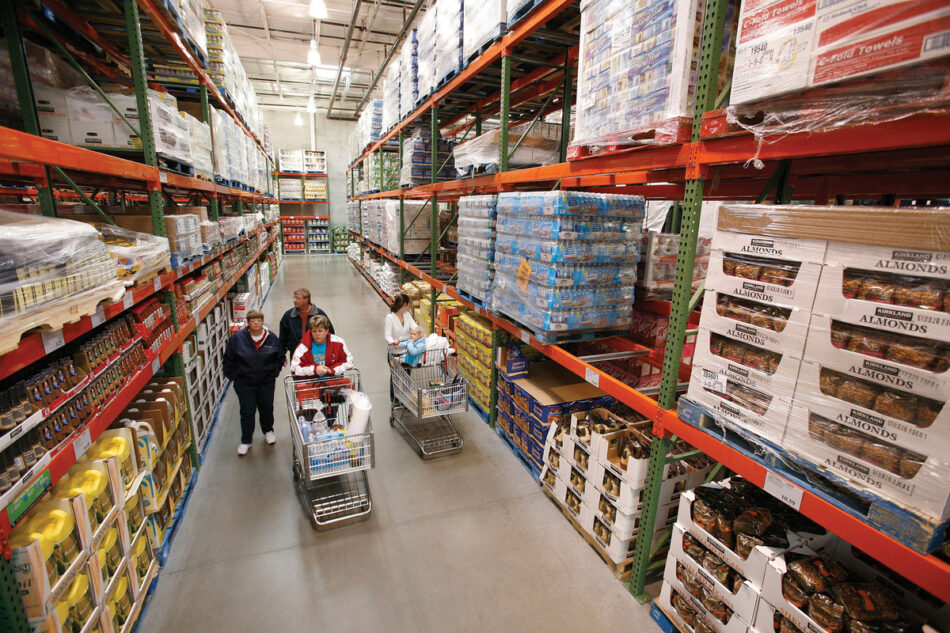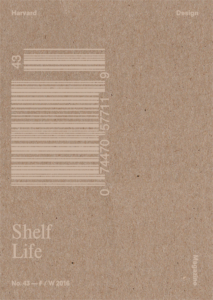Learning from the Steel
In William Gibson’s sci-fi novel Virtual Light (1993), Container City, nicknamed “The Trap,” is a mall where people pay an entrance fee to shop directly from containers still aboard cargo ships. For Costco customers, this sci-fi fantasy is not far from reality. In Costco’s giant stores, the merchandized retail environment has been stripped away, leaving the shopper to confront pallets of goods stacked on steel rack shelving, commonly called “the Steel.” Both Gibson’s plot and Costco’s business model arose from what management consultant Peter Drucker, in 1962, termed “the economy’s last dark continent.” Using a now-dated metaphor, he identified logistics and physical distribution—the terra incognita of the supply chain—as the final frontier of business. New discoveries on this frontier continue to create business models that change how and where we shop.
The Steel has a formidable presence in Costco stores. Numbered rows of steel rack shelving, 15 feet high, hold pallets of merchandise. In some communities, building codes require the Steel to have an integral sprinkler system; in others, separate building permits are required.
The organization of stock embodies Costco’s business plan by extending the supply chain to the sales floor, with shrink-wrapped inventory above and customer-accessible merchandise below. A forklift places pallets in the Steel and, when needed, they’re dropped to the sales floor and unwrapped. The first time the merchandise is touched by human hands is when the customer picks it up; the first time a Costco employee touches it is at checkout. This hands-off approach represents a logistics choreography that starts with vendors who deliver pallets to a cross-docked Costco depot (a consolidation point where they move from in-bound to outbound delivery). These goods are then moved to a Costco truck (eliminating storage), to stores, to a forklift, and onto the Steel, all in roughly 24 hours.

The core of Costco’s model is the elimination of every possible step in the distribution system. Low markups on goods cover overhead (and entice customers), while an annual membership fee forms the profit. In 2015, Costco’s selling, general, and administrative (SG&A) expenses amounted to 10.07 percent of net sales of $113 billion (compared to Walmart’s 19.4 percent). Economy of scale, high sales volume, low SG&A, and membership fees are the profitable foundation for an ethical company culture (employees earn living wages with benefits, thus eliminating yet another expense—employee turnover).
The Steel is the interface between the shopping experience, logistics, and building design. Warehouses originally made retail stores possible by guaranteeing supply regularity, but now warehouse shopping eliminates the retail store. Costco has proven that elimination of unnecessary actions is the key to conquering the supply chain. Costco may now be a step behind, however. Internet shopping comes closer to Gibson’s future by eliminating physical shopping trips altogether. Next, Amazon drones will likely eliminate delivery trucks. A half century later, Drucker’s insight to explore the supply chain continues to shape business models that shape the form, location, and character of shopping destinations. These, in turn, create new spatial patterns that transform urban life and democratize access to goods.
Susan Nigra Snyder, an architect, is codirector of Critical Conservation in the Masters in Design Studies program at the Harvard University Graduate School of Design. Her research looks at the forces of consumption on urban form.
